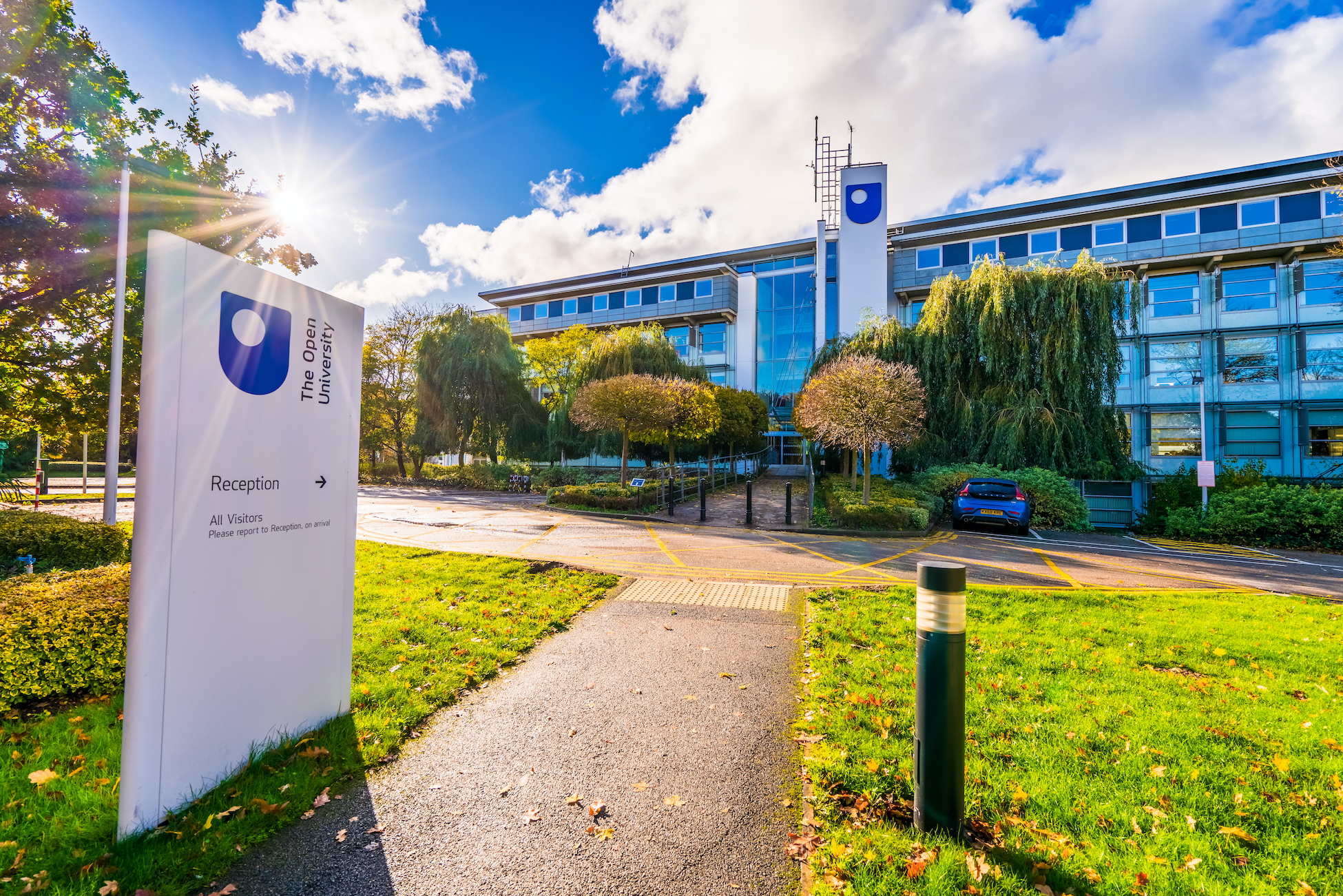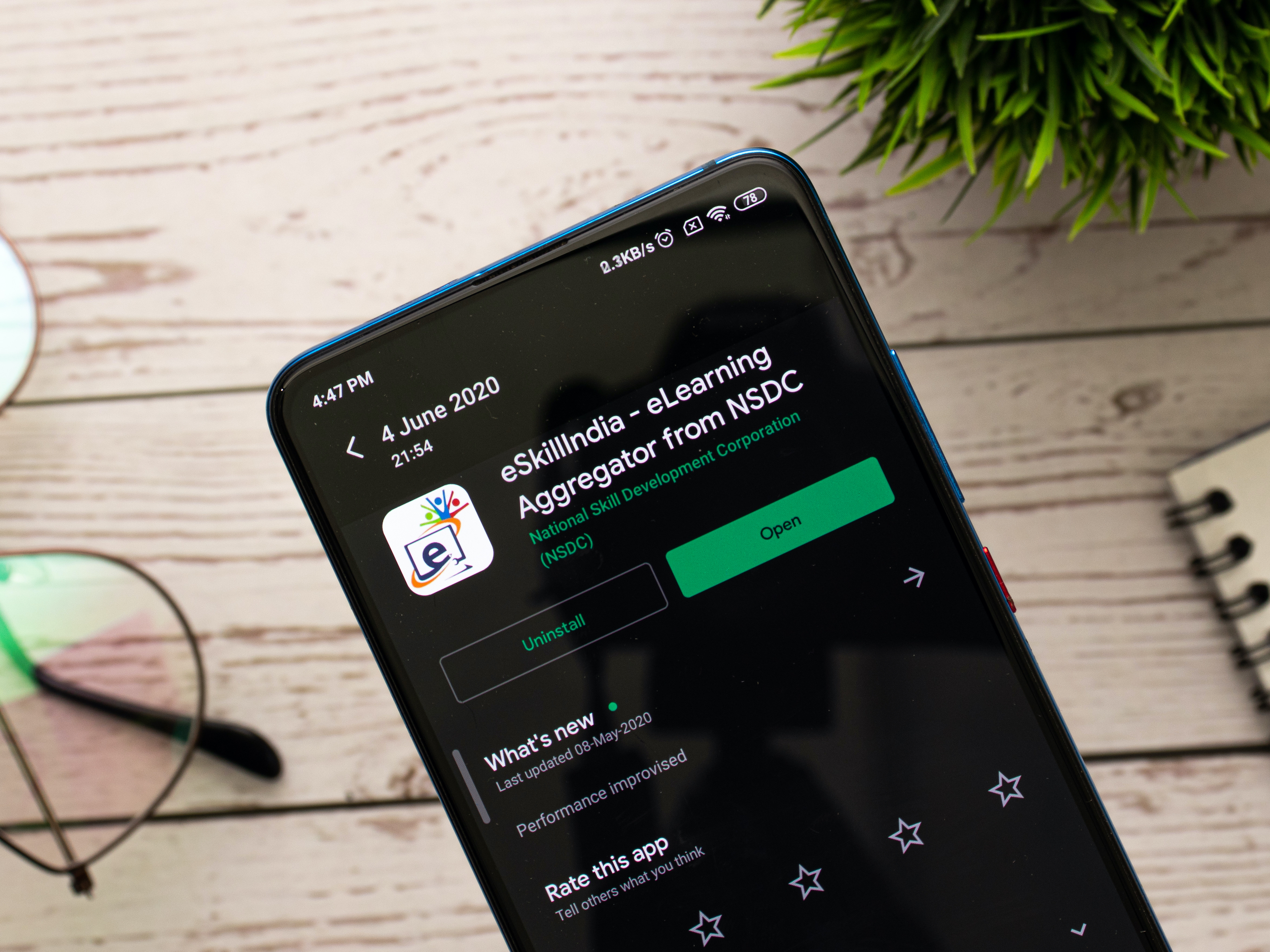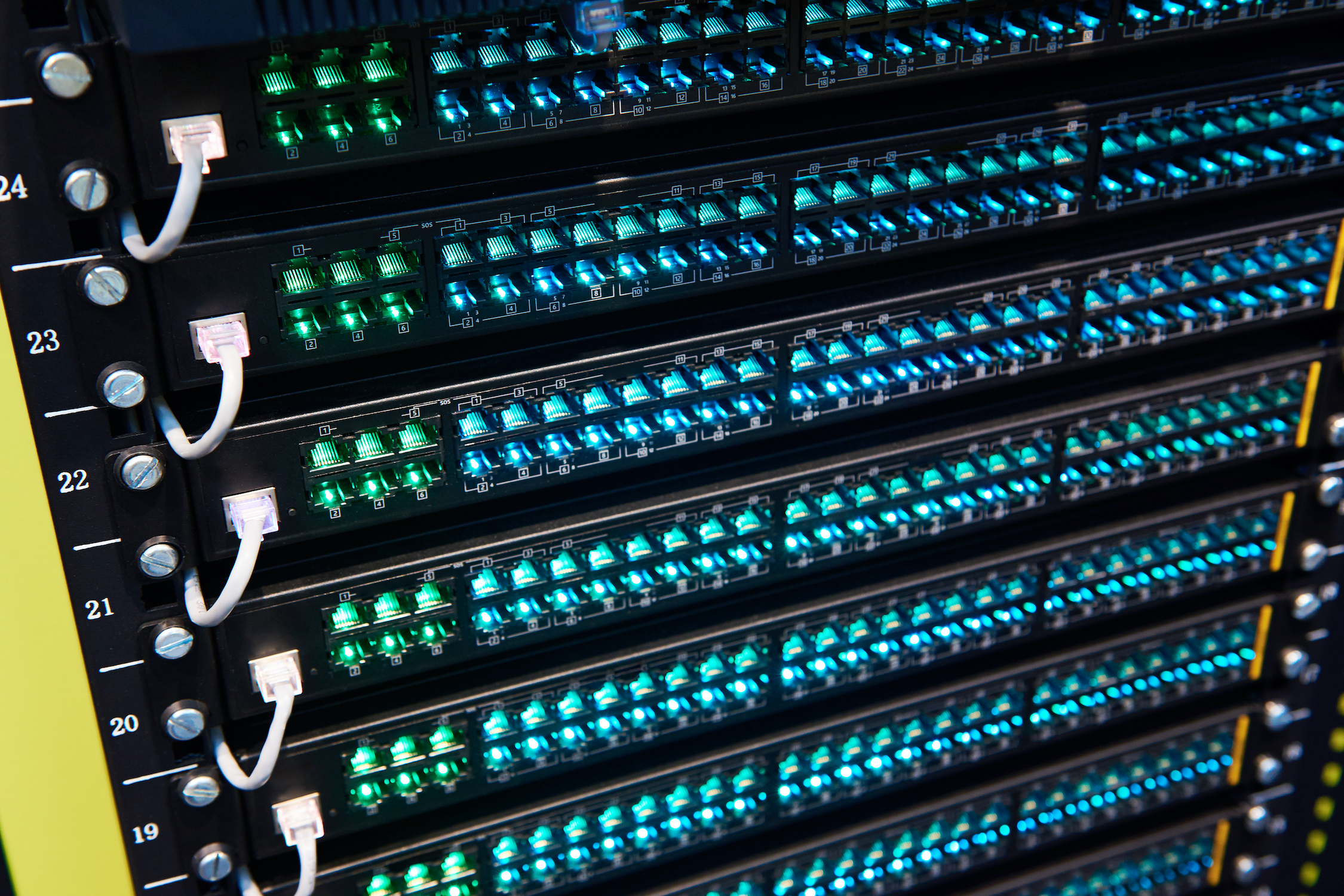I work at The Open University, founded just over 50 years ago, with a mission to make education open to people, places, methods and ideas. This foundation has enabled over two million students to study at a higher level and to receive high-quality degrees online.
Open and accessible education is entirely feasible. By open and accessible, I mean allowing those without formal qualifications to participate. Students can study at the university level without having a typical background. After all, they can rely on their life experience and other skills to bring them up to the level needed for a university degree.
It’s also possible to make education accessible to people with hearing impairments, sight impairments, dyslexia, autism and other abilities and disabilities. These individuals may not be able to attend a regular university or college; however, through a combination of technology and new teaching methods, it is now possible to offer them opportunities to develop their skillset.


